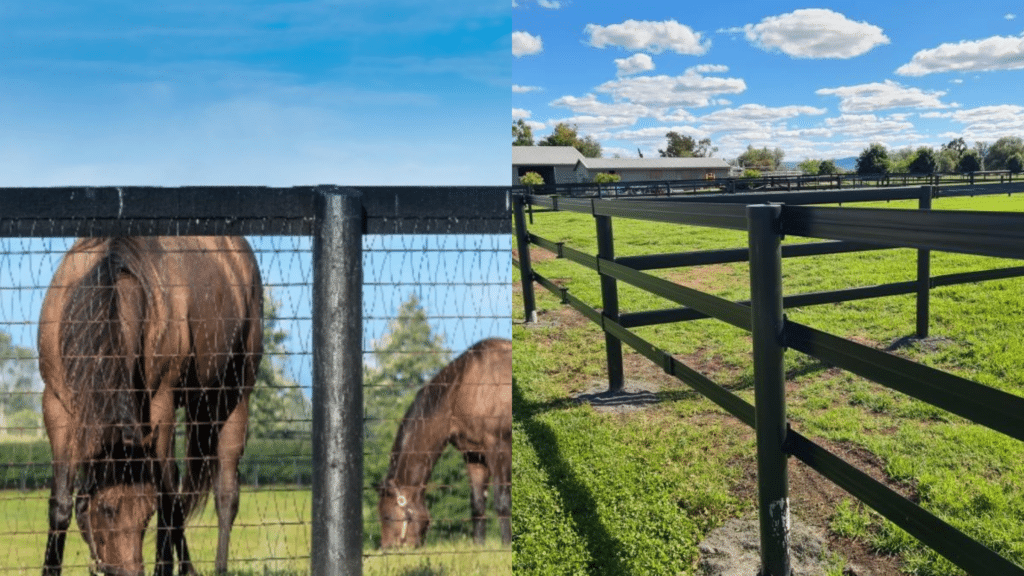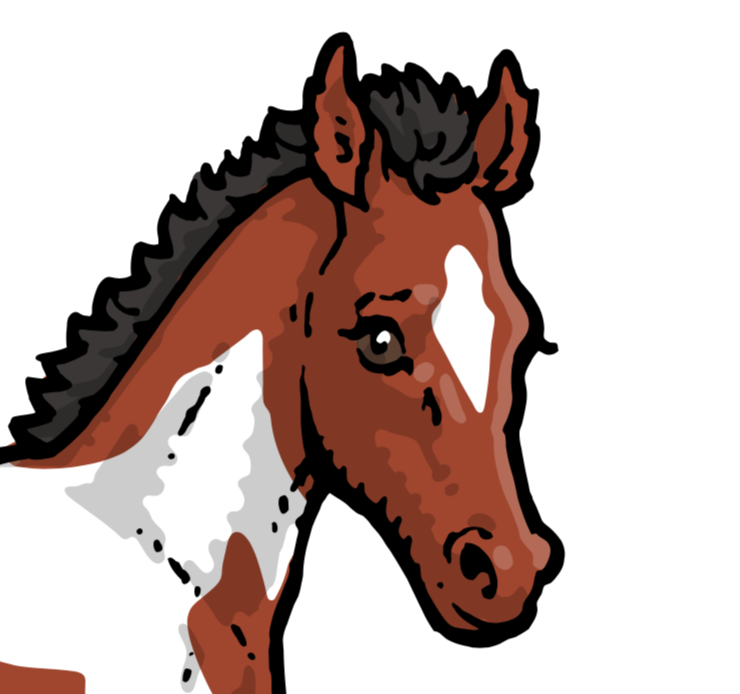Fencing
Foals are smaller and far more delicate than a full-grown horse and will require fencing that will keep them safe should they fall or decide to sleep (as they tend to do) near the fence line.
It is recommended that the fencing be highly visible, and reach all the way down to the ground, in order to reduce the risk that the foal escape under the fence line. Diamond or V-mesh fencing that is stretched tight and is anti-climb (for the foal and predators) is always a good idea. There are other options, such as Stallion Rail that would provide a similar level of protection.
Some potential hazards include, steep section, rocky faces and ground, holes, both small and large, bodies of water such as dams and creeks as well as toxic weeds and slippery surfaces. As mentioned before, the paddock should be relatively flat and/or gently undulating in order to reduce the risk to the foal as it learns to use its new body. The paddock should be checked for holes, bodies of water should be fenced off and the paddock should be regularly scoured for toxic weeds and large, loose stones that could damage the soft hooves of the foal and mare.
The main thing to think about when preparing both the paddock and stable:
“How can a horse or foal get hurt here and how can I prevent that?”
Genetic Testing: Practical Horse Genetics
See more
Show me More Information or Stallion Listing.


